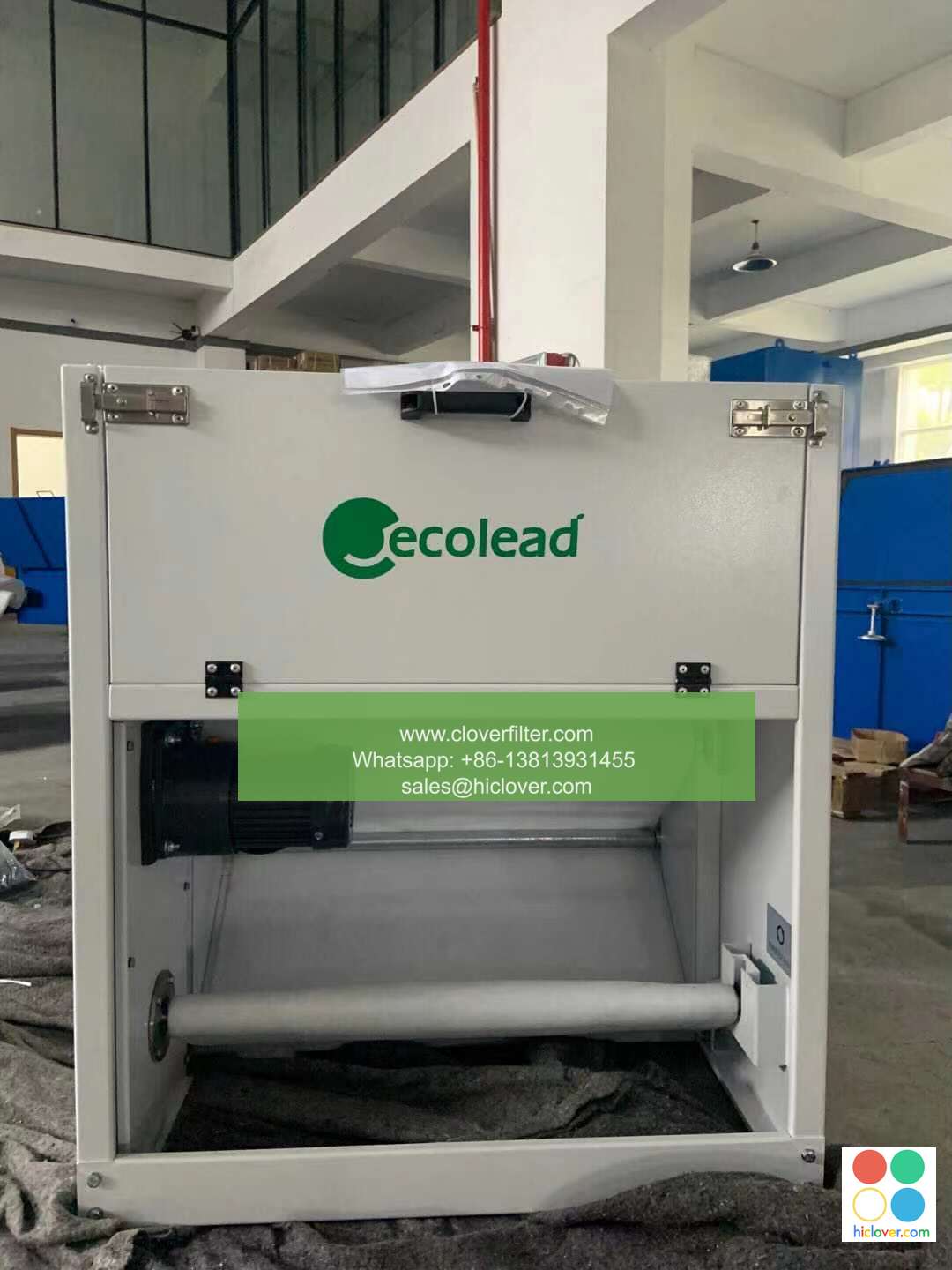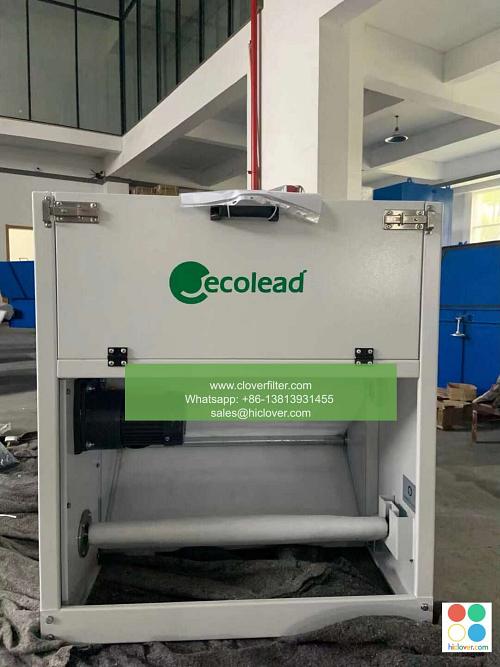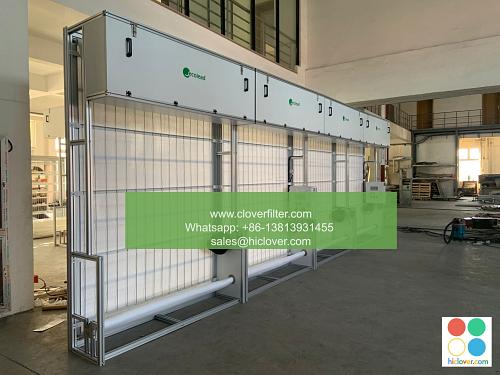Comparing Activated Carbon Air Filters for Better Air Quality

Improving Indoor Air Quality: A Comparison of Activated Carbon Air Filters
The Importance of Air Quality
Indoor air quality (IAQ) is a growing concern in today’s world. We spend a significant amount of time indoors, and poor IAQ can have serious health implications, including respiratory issues, headaches, and even neurological problems. One effective way to improve IAQ is by using activated carbon air filters. But with so many options available, how do you choose the best one for your needs? In this article, we’ll compare the different types of activated carbon air filters, their applications, and features to help you make an informed decision.
Understanding Activated Carbon
Activated carbon, also known as activated charcoal, is a form of carbon that has been treated to increase its surface area and adsorption capacity. This process, also known as "activation," makes it an excellent material for air filtration, as it can trap small particles, gases, and odors.
Types of Activated Carbon Air Filters
1. Standard Activated Carbon Filters
These filters are designed for general-purpose air purification, absorbing common household odors, and neutralizing basic pollutants like particulate matter, smoke, and volatile organic compounds (VOCs). They’re suitable for residential use, offices, and small commercial spaces.
2. Zeolite-Infused Activated Carbon Filters
These filters combine activated carbon with zeolite, a natural mineral that enhances the filter’s ability to capture micropollutants, such as chloroform, toluene, and xylene. Zeolite-infused filters are ideal for areas with high levels of contamination, like industrial or heavily polluted environments.
3. Photo-Catalytic Activated Carbon Filters
These filters incorporate titanium dioxide (TiO2) into the activated carbon, enabling the filter to break down and destroy pollutants, such as formaldehyde, trichloroethylene, and dichloromethane, under UV light. Photo-catalytic filters are perfect for areas with high levels of chemical pollutants, like hospitals, laboratories, or facilities with poor ventilation.
4. HEPA-Activated Carbon Filters
These filters combine high-efficiency particulate air (HEPA) technology with activated carbon, offering even better particle capture capabilities (99.97% at 0.3 microns). HEPA-activated carbon filters are suitable for applications requiring extreme air purity, such as operating rooms, critical care areas, or pharmaceutical manufacturing facilities.
Features to Consider When Choosing an Activated Carbon Air Filter
When selecting an activated carbon air filter, consider the following factors:
- Filtering capacity: Look for filters with a high filtration surface area and a low pressure drop to ensure effective air purification.
- Odor absorption capacity: Check the filter’s ability to adsorb odors, as this is crucial for indoor spaces with high levels of VOCs.
- Particle capture: Consider the filter’s particle capture efficiency, especially if you’re using it in an area with high particle pollution.
- Maintenance and replacement frequency: Choose filters with easy replacement and maintenance options to minimize downtime and costs.
- Certifications and compliance: Ensure the filter meets local regulations and industry standards, such as UL, CAL:green, or ASHRAE.
Conclusion
In conclusion, selecting the right activated carbon air filter for your needs can seem overwhelming, but understanding the different types and their features can help you make an informed decision. Whether you’re looking to improve IAQ for a residential space, industrial facility, or healthcare setting, this guide has provided you with the necessary information to choose the best activated carbon air filter for your needs. Remember to prioritize the features that matter most to you, and don’t hesitate to consult with a professional if you’re still unsure. By choosing the right air filter, you’ll be taking a crucial step towards improving indoor air quality and promoting a healthier environment for everyone.
It looks like you forgot to type a prompt! That’s okay, though. I’m here to help when you need me.
What would you like to talk about or ask? I can assist with questions, provide information, or even generate a fun conversation starter. Go ahead and give me a prompt, and I’ll do my best to respond!


